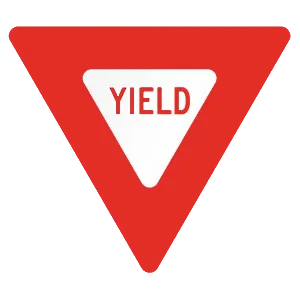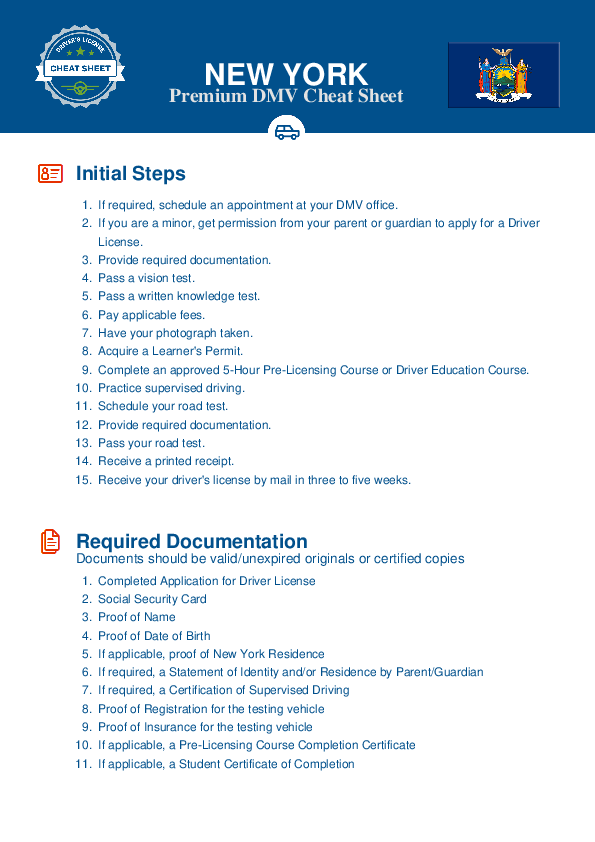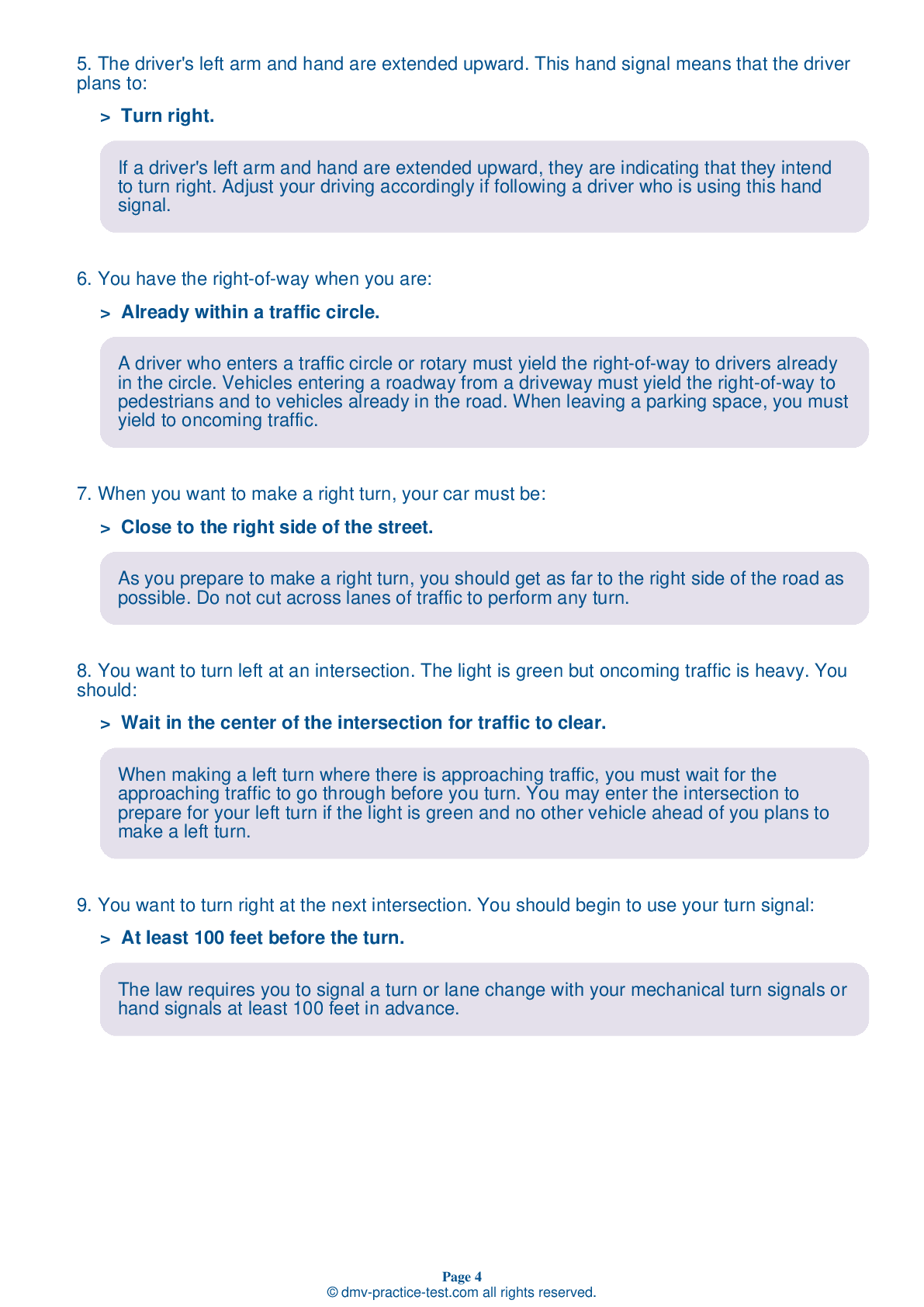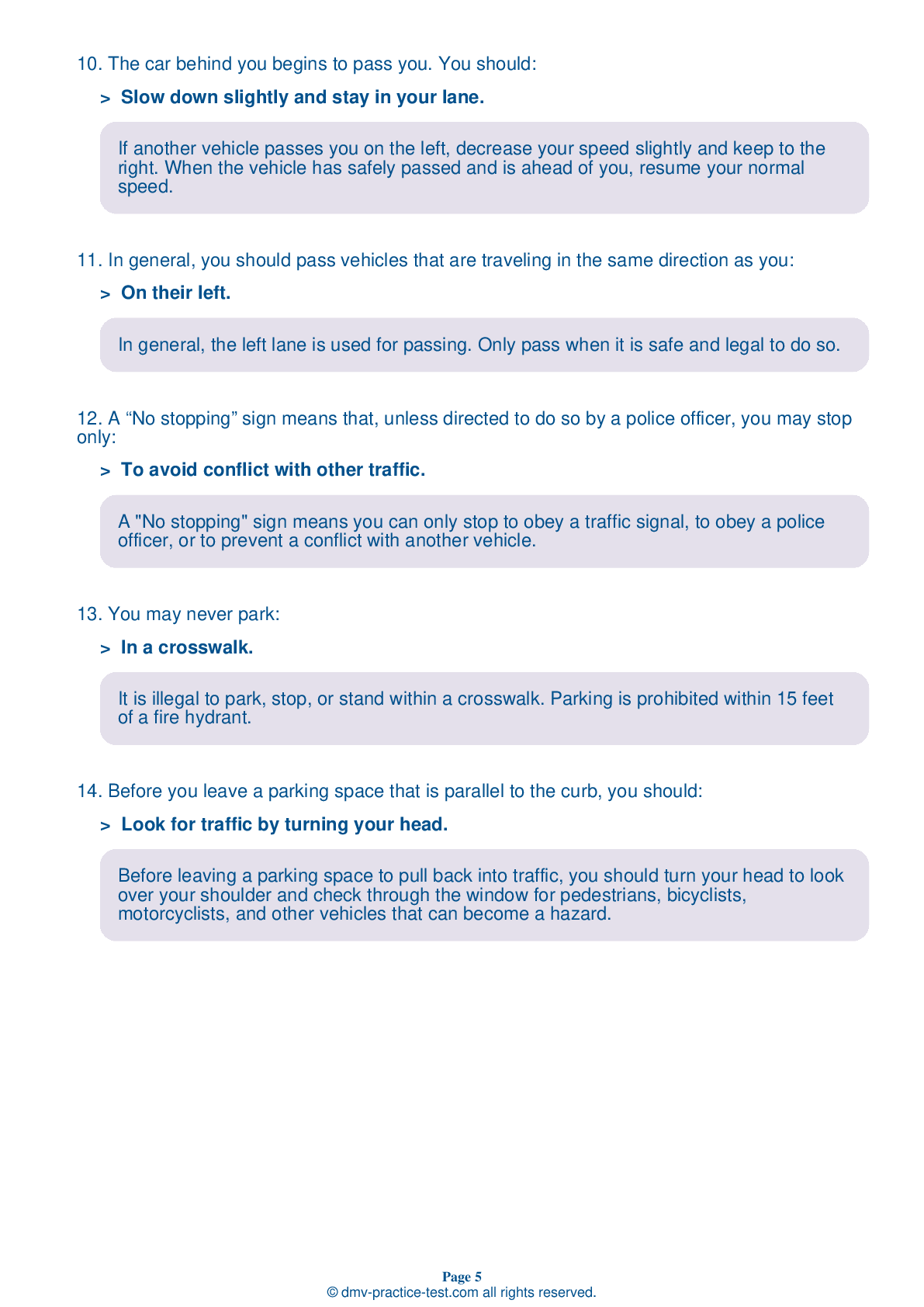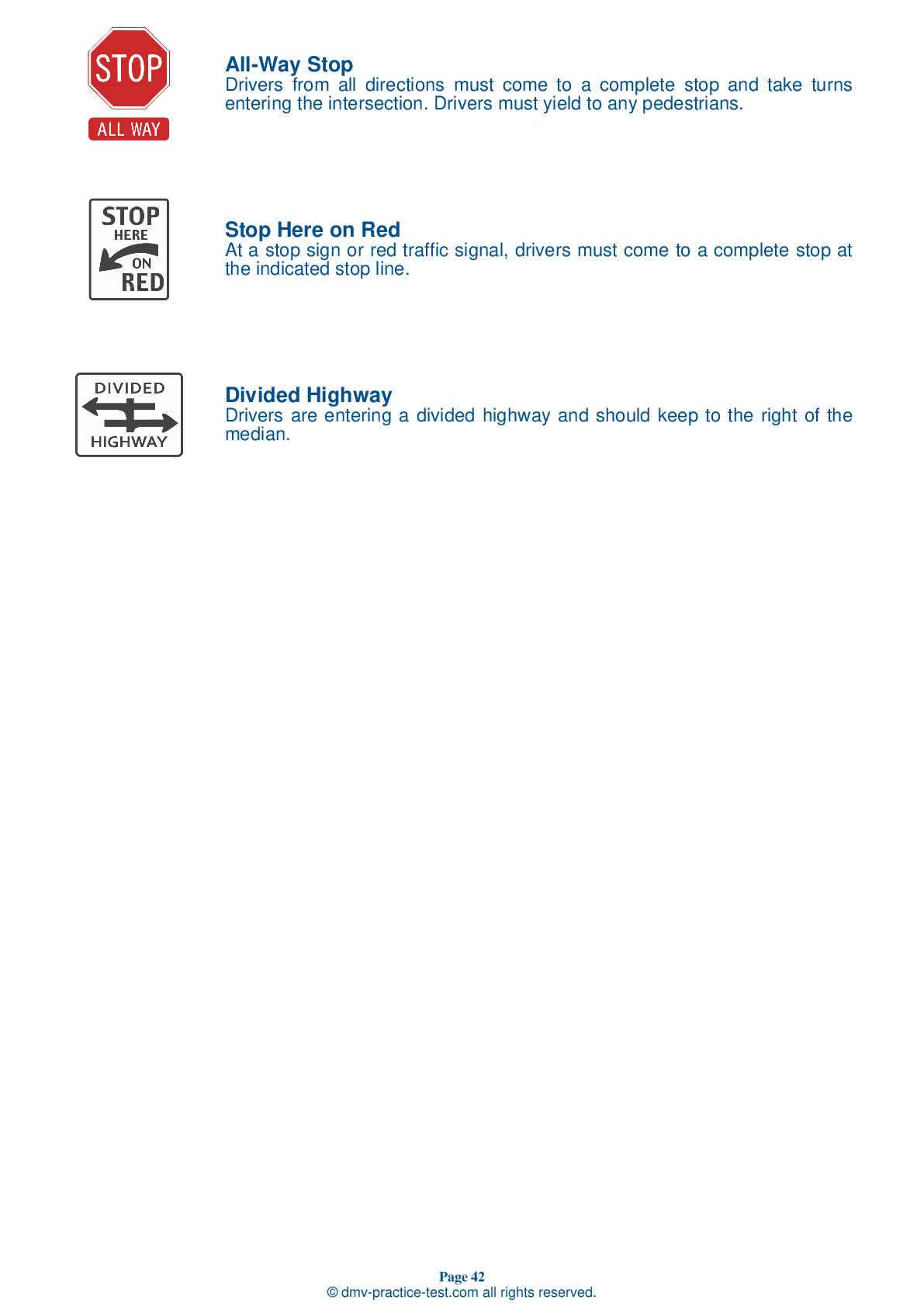FREE New York DMV Practice Test #7
New York's DMV practise examinations have been revised for January 2025. It includes questions based on the New York Driver Handbook's most significant traffic signals and legislation for 2025. Use actual questions that are very similar (often identical!) to the DMV driving permit test and driver's licence exam to study for the DMV driving permit test and driver's licence exam.
On the practise exam, each question gets a tip and explanation to help you remember the concepts. The written component of the official New York DMV test will feature questions about traffic rules, traffic signs, and driving statutes, as well as knowledge from the Driver Handbook.
To obtain a passing grade, you must correctly answer 14 of the 20 questions. Take this practise test from the New York Department of Motor Vehicles to help you prepare for your instruction permit or driver's licence.
The DMV exam is available in several languages.
Using any kind of testing assistance will result in an automatic fail, and the DMV may take additional action against your driver's licence, so stay away from it.
1 . When parallel parked, your vehicle may be no more than ____ from the curb.
When parallel parked, your vehicle should be no more than one foot from the curb. Be sure surrounding vehicles have room to leave their parking spaces.
2 . As you drive, you're required to stop your vehicle:
Situations where motorists are required to stop include approaching intersections with stop signs, approaching intersections where a red light is either flashing or illuminated, or any time when a traffic officer orders your vehicle to stop.
3 . A driver may park in a space reserved for people with disabilities if the vehicle displays the proper license plates:
To park in a space reserved for people with disabilities, the vehicle must be in operation to transport the disabled person named on the registration or permit.
4 . This sign means:
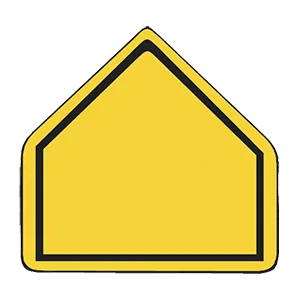
A five-sided yellow or yellow-green sign alerts drivers to either a school zone or school crossing.
5 . When passing, you should move back into the right lane when:
Do not pass unless you have enough space to return to the driving lane. Before you return to the driving lane, be sure you have enough room between yourself and the vehicle you have passed. When you can see both headlights of the passed vehicle in your rearview mirror, it is safe to return to the driving lane.
6 . Bicyclists differ from motorists in that they aren't required to:
Bicyclists are required to obey the same rules of the road as motor vehicle drivers. Any bicycle crash that causes death or serious injury must be reported to the DMV within 10 days of the incident.
7 . This is a ____ sign.
